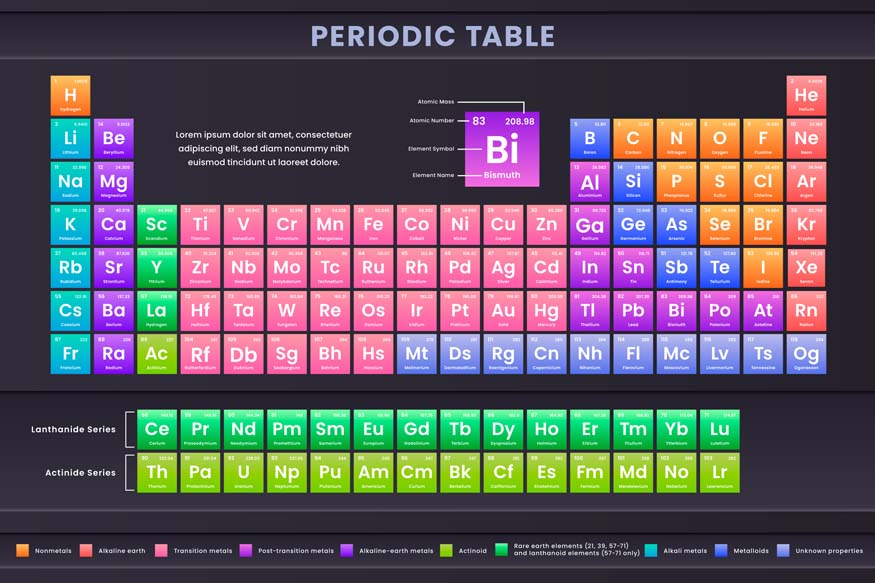The periodic table serves as more than a mere display in chemistry classrooms. It represents a comprehensive guide to the fundamental components of the universe. Certain elements within this table have played crucial roles in driving scientific progress and significantly altering the trajectory of human history. There are a total of 118 elements within the periodic table. Here, we explore some key elements that have greatly impacted technology, industry, and everyday life.
- Carbon (C) – The Basis of Life and Technology
- Silicon (Si) – The Heart of Modern Electronics
- Iron (Fe) – The Building Block of Civilisation
- Titanium (Ti) – The Metal of the Future
- Aluminium (Al) – The Lightweight Marvel
- Uranium (U) – The Power of the Atom
- Lithium (Li) – Energising the Future
- Gold (Au) – Beyond Wealth and Currency
- Copper (Cu) – The Conduit of Electricity
- Hydrogen (H) – The Clean Energy Carrier
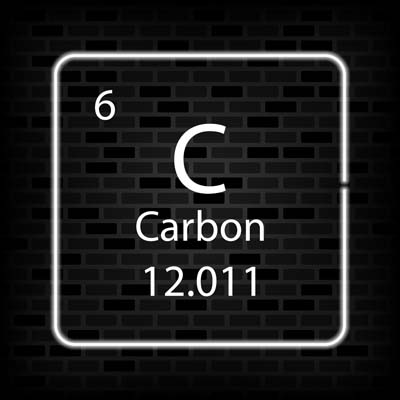
Carbon is the backbone of all organic compounds, making it essential for life. Its unique ability to form stable bonds with many elements, including itself, allows for the complexity of life forms to take shape. Carbon is a primary component present in fuels, plastics, and pharmaceuticals. Carbon’s allotropes, such as graphene and carbon nanotubes, have significant applications in electronics and nanotechnology. These materials have also shown promising applications in various industries, from medicine to space travel.
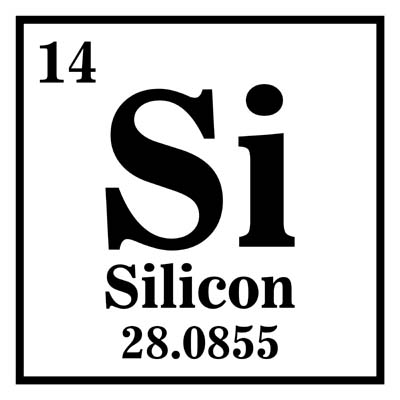
Silicon is a fundamental component of modern electronics and computers. As the primary element in semiconductor devices, it enabled the development of integrated circuits and microchips. Silicon’s impact on technology is immense, from personal computers and smartphones to sophisticated systems used in space exploration and artificial intelligence.
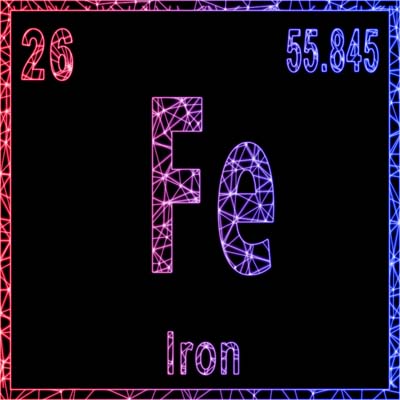
Iron has been a cornerstone of our civilisation for thousands of years. Its usage dates back to the Iron Age, where it was primarily used for tools and weapons. In modern times, iron is a critical component of construction and manufacturing. It is the primary element in steel production, which is crucial in building machines, automobiles, ships, and infrastructure. So iron can be deemed as an element that drove industrial growth and economic development.
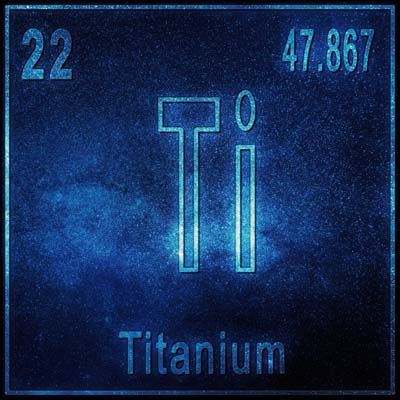
Titanium is renowned for its remarkable strength-to-weight ratio, corrosion resistance, and biocompatibility. These properties make it invaluable in various industries, including aerospace, medical, and automotive. Titanium is also extensively used in the aerospace sector, specifically in aircraft frames and engines, due to its ability to withstand extreme temperatures and stress. In the medical field, titanium’s biocompatibility makes it ideal for surgical implants and prosthetics. Additionally, its corrosion resistance ensures longevity in harsh environments, making it a metal of choice for marine applications.
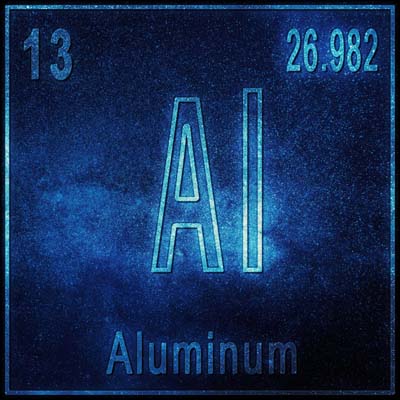
Aluminium is known for its lightweight and corrosion-resistant properties, making it invaluable in the aerospace and automotive industries. Its use ranges from aeroplane frames to beverage cans, showcasing its versatility. Aluminium’s recyclability also makes it an environmentally friendly option, contributing to sustainable practices in the manufacturing sector.
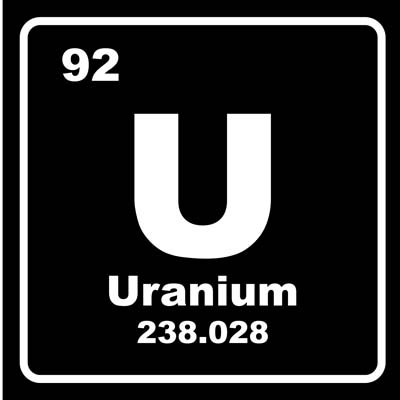
Uranium’s discovery and subsequent uses have revolutionised the energy production stream. It is the primary fuel for nuclear reactors, providing a significant portion of the world’s electricity. The energy density of uranium is unparalleled, making nuclear power a potent alternative to fossil fuels.
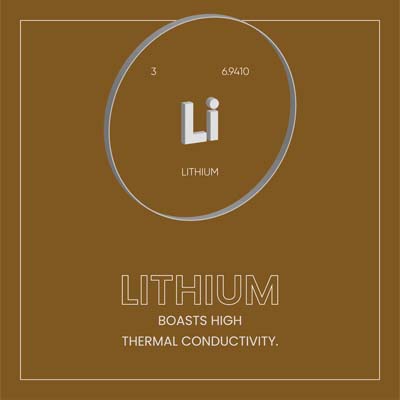
Lithium is at the forefront of the ongoing energy revolution, particularly in the field of rechargeable batteries. From smartphones to electric vehicles, lithium-ion batteries power a vast array of devices. The increasing focus on renewable energy and sustainable transportation has led to a significant rise in lithium demand, making it a crucial component in efforts to lower carbon emissions and promote green technologies.
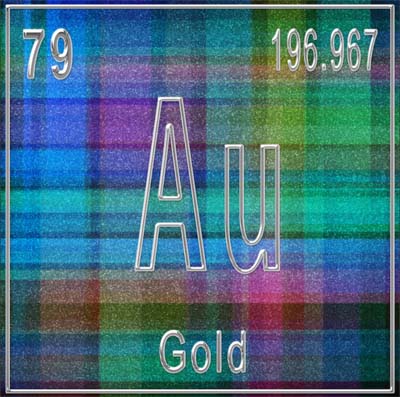
Gold’s value goes beyond its economic and historical use as a currency. Its remarkable properties, such as high conductivity and resistance to tarnish, make it invaluable in electronics, particularly in connectors and circuit boards. Gold is also used in medical applications for diagnostics, treatments and in space technology for its reflective properties.
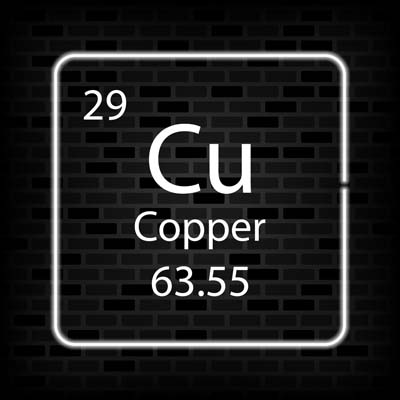
Copper has been in use for thousands of years, from ancient tools to modern electrical wiring. Its excellent conductivity makes it the ideal material for electrical applications, including power generation and transmission, telecommunications, and electronic devices. Copper’s role in renewable energy technologies, such as wind and solar power, is also expanding. This element has greatly contributed to the global shift towards sustainable energy solutions.
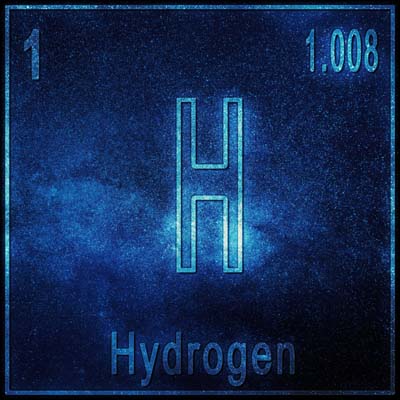
Hydrogen is a promising clean energy carrier, with potential applications in fuel cells and energy storage. It is the most abundant element in the universe and can be produced from various sources, including water and natural gas. Hydrogen fuel cells generate electricity through a chemical reaction without combustion, producing only water as a byproduct. This makes hydrogen a good choice for lowering greenhouse gas emissions and fighting climate change.
Conclusion
The elements from the periodic table have not only expanded our scientific understanding but have also played pivotal roles in shaping modern society. These elements continue to revolutionise the world, from developing life-saving medicines to creating advanced technologies that drive economies. As we move forward, applications of these fundamental building blocks will undoubtedly lead to further innovations, paving the way for a sustainable and technologically advanced future.
By harnessing the potential of these elements, we unlock new possibilities that drive progress and improve the quality of life on a global scale. Therefore, the periodic table is not just a chart of elements but a testament to the incredible power and potential that lies within the building blocks of matter.
For more such informative/interesting blogs, visit Center Point School.

